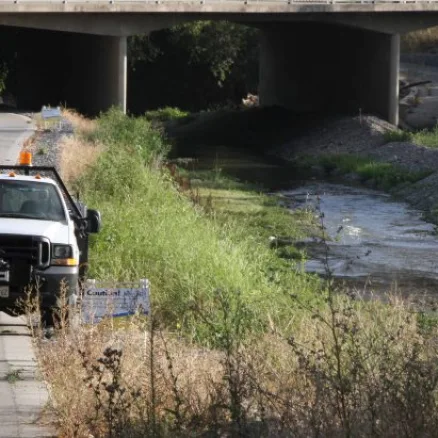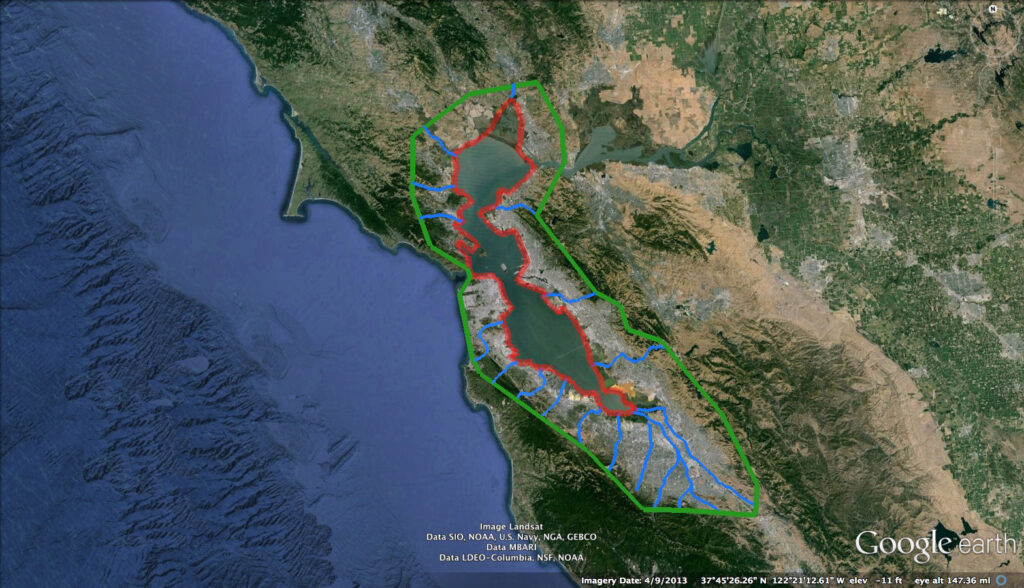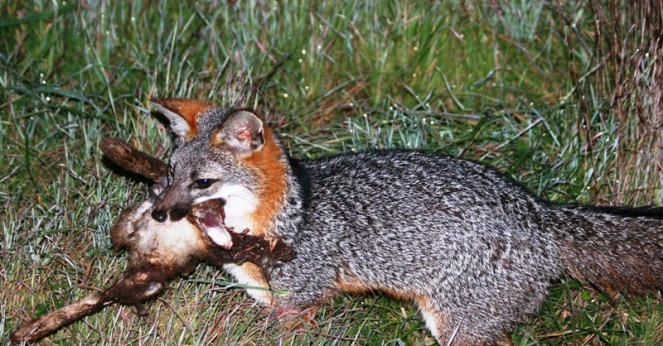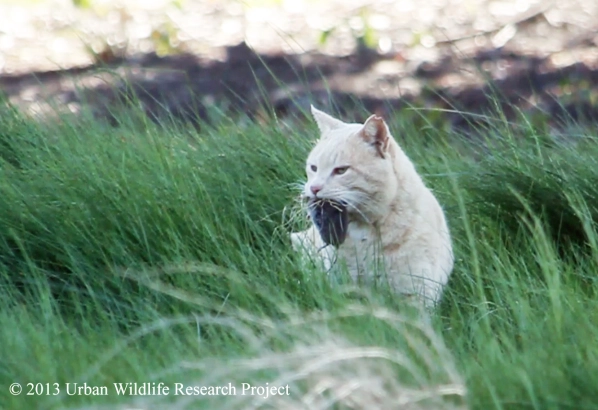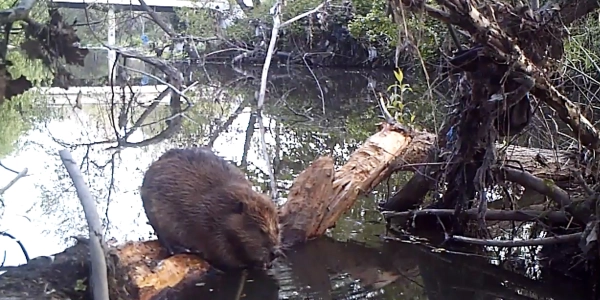Herbicides: Impacts and Alternatives
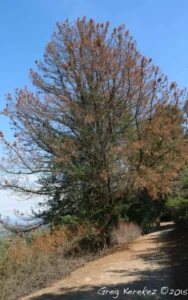 Our exploration of Santa Clara County’s city streets, and open spaces have led us to discover some environmentally unfriendly practices being conducted by residents, cities, and government entities in our area. The vegetation management practice of spraying herbicide can negatively impact the natural biodiversity of earth. We at Urban Wildlife Research Project are greatly concerned for the potential impact to our environment from the use of herbicides.
Our exploration of Santa Clara County’s city streets, and open spaces have led us to discover some environmentally unfriendly practices being conducted by residents, cities, and government entities in our area. The vegetation management practice of spraying herbicide can negatively impact the natural biodiversity of earth. We at Urban Wildlife Research Project are greatly concerned for the potential impact to our environment from the use of herbicides.
Who uses herbicide and Why?
Herbicides are often used by homeowners to get rid of unwanted plants we call “weeds.” TV ads in the spring boast chemical warfare against your lawn, like poison is your only option. Yet, these herbaceous plants, “weeds,” are the basis of the ecosystem’s food chain and the chemicals in herbicide have been proven to harm unintended organisms of both flora and fauna, even humans. Spraying the weeds in your yard may be quick and easy but that herbicide does not disappear, it goes into the soil and may harm or kill that beautiful shade tree in your front yard. It may get on to the hands of a young child and ingested. This poison has no place around our homes and there are many sustainable non chemical practices. Later in the article we will describe the alternatives.
Herbicide also is used to target invasive species of plants by larger property owners, governments, and even open space and natural preserves. These foreign plants arrived in the United states many ways, like seeds stuck on the hooves of cattle and on the soles of our shoes. Some non-native, invasive plants, can take over an area and crowd out the natural, native plants to the area. An example of this can be seen simply by looking at the Diablo Mountains east of the San Francisco Bay. European annual grasses and mustard flower, brought over during Spanish settlement, have flourished and the once spectacular rainbow wildflower shows are now mostly green and yellow.
When we encounter environmental damage done by herbicides we advocate and educate to persuade the discontinued use harmful chemicals on the environment. Attached below are PDFs documenting two different instances where UWRP has documented the degradation of the environment as a result of the overuse of herbicide.
Useful Information:
If you see it, call it out.
Any person can document the effects of herbicide and advocate for the environment. Here are the simple methods we used in the instances documented in the attached PDFs, to document herbicide sprayings and our methods to advocate with the public and landowner to stop or curb herbicide use:
- Take photos of herbicide effected areas if safe to do so, no fancy camera needed.
- Take notes on what you observe, count the number of plants damaged or dead and note the species if possible, but not necessary.
- You can also take photos days or weeks later to show the progression after herbicide spraying.
- Compile a PDF of the photos with dates taken and your written observations, state only facts, no assumptions; If you happen to have photos of the area before the herbicide spraying, include those too.
- Start a Change.org petition (it’s easy, fast, and effective).
- Contact local conservation organizations (i.e. Audubon Society, Sierra Club, Department of Fish and Wildlife, and others). Ask them for letters of support and help with negotiating with the herbicide sprayers.
- Contact the entity responsible for spraying herbicide: include the board of directors and appropriate staff if contacting a government entity. Show them what you have prepared and make requests for them to stop using herbicide and to adopt or abide by an Integrated Pest Management Plan(IPM)that does not include the use of herbicide.
- Meet people on site and show them the damage.
- Go to City council or board meeting and speak during public comment.
- Hold them and yourself accountable. Its everyones job to protect the environment. Keep negotiating until an agreement is reached.
Have you witnessed Herbicide’s impact on the environment? We’d like to hear your story. Send us a message
How can you help?
Use alternatives to herbicides:
- Use manual labor and hand/power tools to remove unwanted vegetation. A little hard work is worth limiting the impact we have on the environment.
- Use dead leaves and mulch help suppress weed growth.
- Remove weeds before they produce seed and continue to remove them as they sprout until the seed bank in the soil is empty of the target plant.
- Rent a goat!
- The neighbor kid will do it for $5
- Replant native vegetation.

